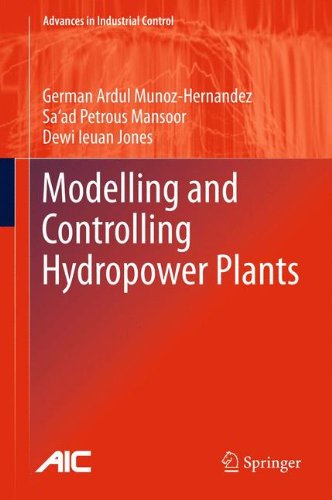

Most ebook files are in PDF format, so you can easily read them using various software such as Foxit Reader or directly on the Google Chrome browser.
Some ebook files are released by publishers in other formats such as .awz, .mobi, .epub, .fb2, etc. You may need to install specific software to read these formats on mobile/PC, such as Calibre.
Please read the tutorial at this link: https://ebookbell.com/faq
We offer FREE conversion to the popular formats you request; however, this may take some time. Therefore, right after payment, please email us, and we will try to provide the service as quickly as possible.
For some exceptional file formats or broken links (if any), please refrain from opening any disputes. Instead, email us first, and we will try to assist within a maximum of 6 hours.
EbookBell Team

4.7
106 reviewsHydroelectric power stations are a major source of electricity around the world; understanding their dynamics is crucial to achieving good performance. The electrical power generated is normally controlled by individual feedback loops on each unit. The reference input to the power loop is the grid frequency deviation from its set point, thus structuring an external frequency control loop. The book discusses practical and well-documented cases of modelling and controlling hydropower stations, focused on a pumped storage scheme based in Dinorwig, North Wales. These accounts are valuable to specialist control engineers who are working in this industry. In addition, the theoretical treatment of modern and classic controllers will be useful for graduate and final year undergraduate engineering students. This book reviews SISO and MIMO models, which cover the linear and nonlinear characteristics of pumped storage hydroelectric power stations. The most important dynamic features are discussed. The verification of these models by hardware in the loop simulation is described. To show how the performance of a pumped storage hydroelectric power station can be improved, classical and modern controllers are applied to simulated models of Dinorwig power plant, that include PID, Fuzzy approximation, Feed-Forward and Model Based Predictive Control with linear and hybrid prediction models.